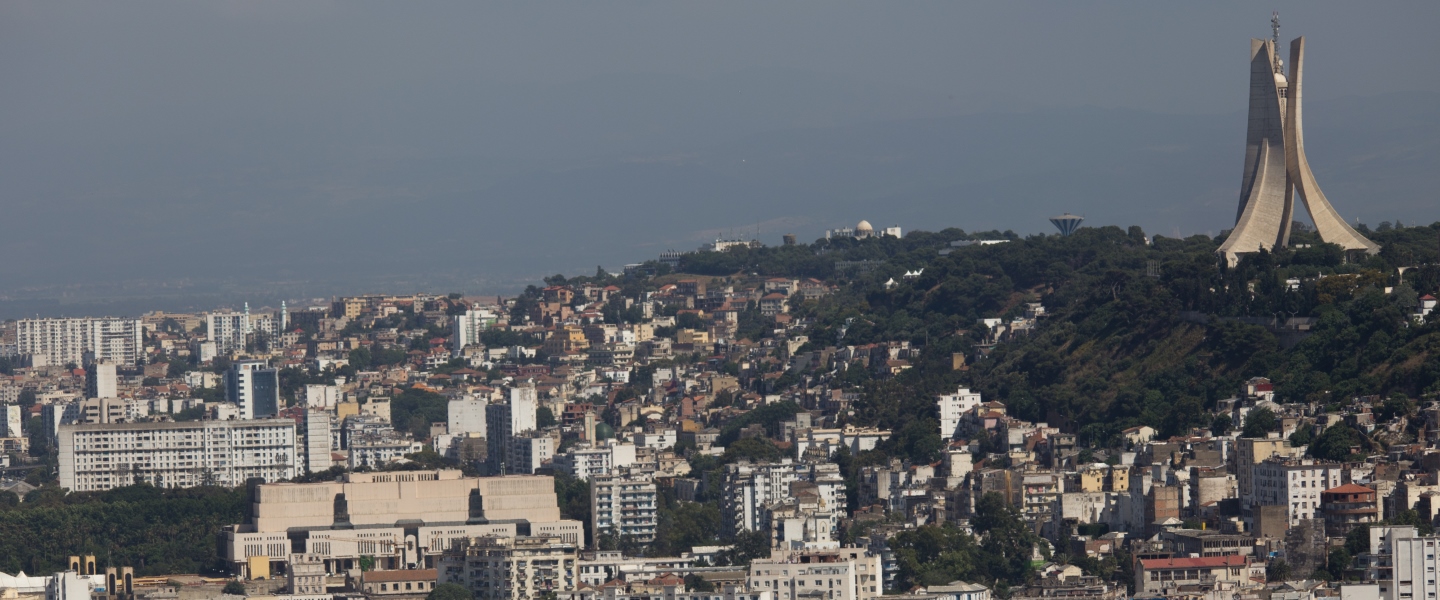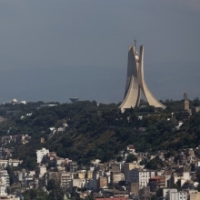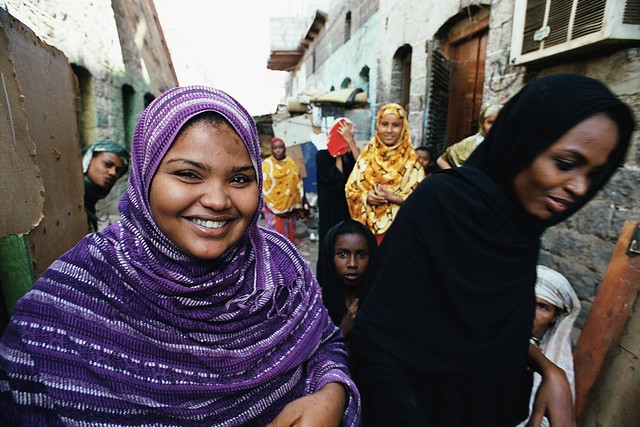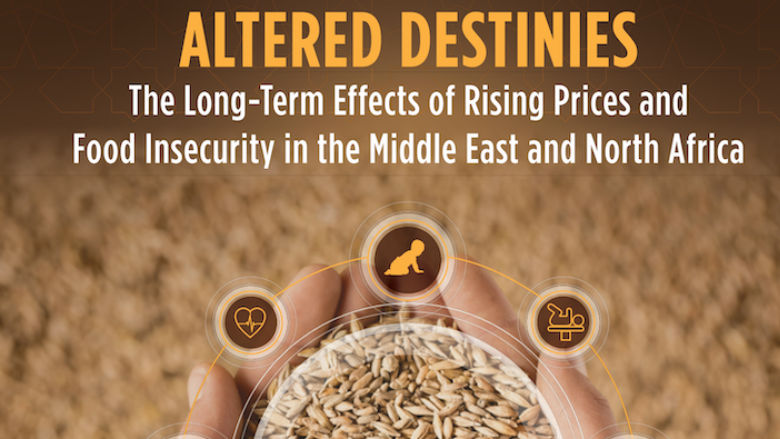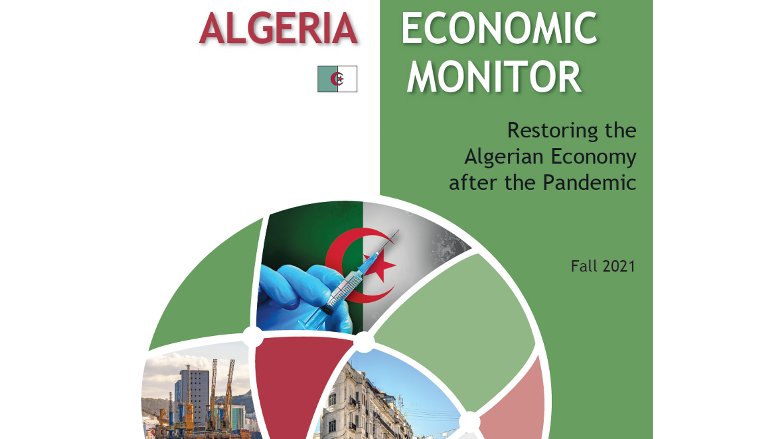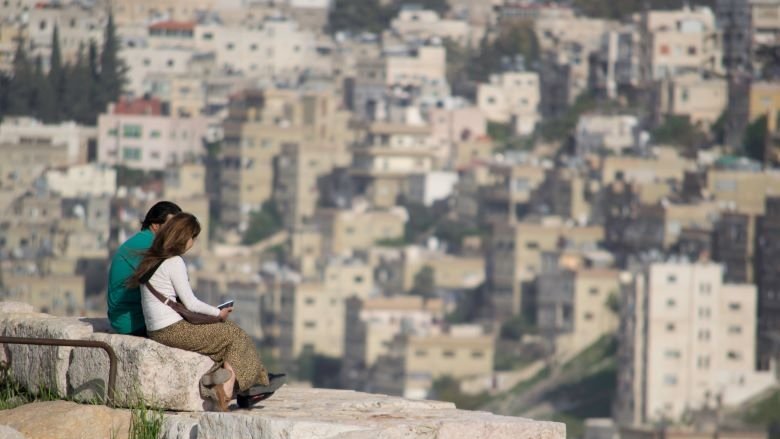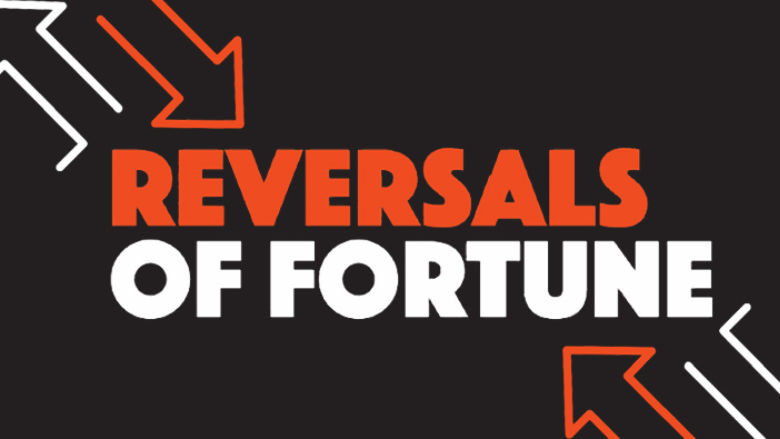Hydrocarbon production and export revenues remain central in the country's economy. The hydrocarbon sector accounted for 19 percent of gross domestic product (GDP), 93 percent of product exports, and 38 percent of budget revenues between 2016 and 2021. Algeria aspires to diversify its economy to vary the country's sources of revenues and improve employment prospects, particularly for young people, given the country's demographic profile, with an unemployment rate in 2021 standing at 12.7 percent of the total labor force and 31.9 percent among young people (aged 15 to 24).
In 2021, a strong recovery in hydrocarbon output helped the economy rebound from the COVID-19-induced recession, with GDP growing by 3.4 percent, after a 5.1 percent contraction in 2020. GDP growth moderated over the first nine months of 2022 (+2.9 percent y-o-y[1]), slowed by the decline in crude oil and natural gas production from their post-COVID peak. Over that period, nonhydrocarbon GDP growth accelerated (+3.7 percent), supported by private consumption and declining import volumes. On the production side, nonhydrocarbon activity was supported by a rebound of output in agriculture as well as consumer-oriented manufacturing and services sectors.
External and budget balances recovered markedly in 2022, benefiting from the rise in world hydrocarbon prices. The current account is expected to reach a surplus of 5.7 percent of GDP after a 2.9 percent deficit in 2021. Despite subdued domestic investment and stricter import policies, merchandise imports rose by 7.4 percent in 2022, following the increase in global commodity prices. International reserves rose to US$ 61.7 billion at the end of 2022 or about 16.3 months of imports of goods and services. The budget deficit is expected to shrink drastically from 7.2 percent of GDP in 2021 to 0.9 percent in 2022, driven by rising hydrocarbon and tax revenues, despite increased public spending, including higher public sector wages, higher costs for the new unemployment benefit scheme, and larger food subsidies. Public debt is estimated to have reached 50.9 percent of GDP at end-2022, and it remains overwhelmingly domestically held, at long-term maturities and negative real interest rates. Despite moderating in Q4, inflation reached 9.3 percent in 2022, fueled by food inflation, affecting vulnerable Algerians disproportionately, as food accounts for over half of the spending for the most modest 40 percent of the population.
In the past two decades, the hydrocarbon boom has allowed Algeria to make advances in economic and human development. The country nearly cleared its multilateral debt in 2008, invested in infrastructure projects supporting economic growth, and introduced redistributive social policies that alleviated poverty and significantly improved Human Development Indicators. Nonmonetary poverty dropped between 2013 and 2019 amid improvements in education, health, and living standards. However, the quality of education can still be improved, with Algeria World Bank Group's 2020 Human Capital Index (HCI) value remaining relatively unchanged at 0.53 since 2010. While higher than the average for lower middle-income countries, this remains below average for the World Bank's Middle East and North Africa region.
Algeria, like other oil-exporting countries across the MENA region, will need to shift toward a more diversified economy to lift job prospects, a crucial task given the country’s young demographic profile. Since 2020, the government has taken steps to boost foreign and domestic investment by issuing a new Hydrocarbon Law, partly lifting restrictions on the foreign ownership of domestic firms, adopting a new Investment Law, and working to issue a new Money and Credit Law as well as a Public-Private Partnership (PPP) Law. Meanwhile, the September 2021 Government Action Plan has made the transition to a private sector-led growth and job creation model a developmental priority, notably by arguing for rationalizing public spending, reducing imports, boosting non-hydrocarbon exports, and for significant improvements to the business environment, including reforming public banks and state-owned enterprises.
[1] Year-Over-Year (y-o-y) is a frequently used financial comparison for looking at two or more measurable events on an annualized basis.
Last Updated: May 30, 2023

